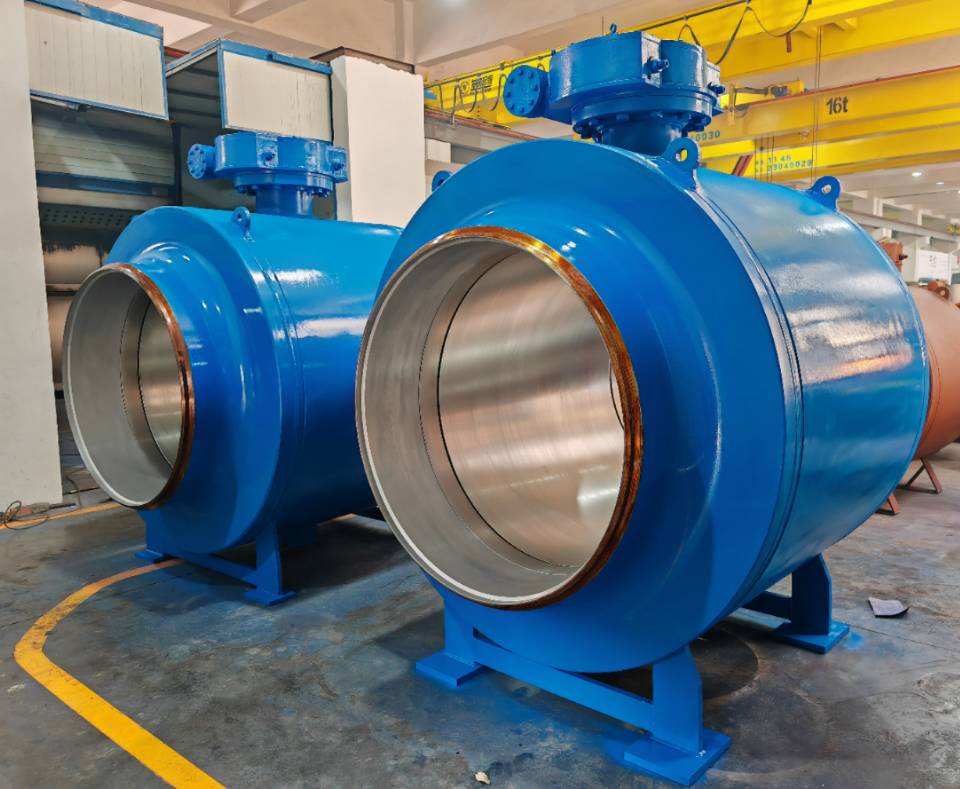Hose Pipe Pressure Control Valve for Effective Flow Management and Safety
Understanding Hose Pipe Pressure Reducing Valves
In various applications, maintaining a specific pressure within a system is crucial to ensure functionality, efficiency, and the longevity of equipment. Hose pipe pressure reducing valves (PRVs) play a vital role in managing pressure levels in numerous industries, including agriculture, irrigation, and industrial processes. This article aims to explore the significance, functioning, advantages, and application of pressure reducing valves in hose pipe systems.
What is a Pressure Reducing Valve?
A pressure reducing valve is a mechanical device that maintains a preset downstream pressure despite variations in inlet pressure and flow rates. Essentially, it acts as a regulator, allowing the user to control the pressure of fluids flowing through a hose pipe system. PRVs are essential in scenarios where the pressure of the input source (usually high) could potentially damage equipment, lead to inefficient operation, or result in hazardous conditions.
How Do Hose Pipe Pressure Reducing Valves Work?
The functioning of a pressure reducing valve is relatively straightforward. It operates based on the principles of fluid dynamics. A PRV features a diaphragm that responds to changes in downstream pressure. When the downstream pressure exceeds a predetermined threshold, the diaphragm moves to restrict the flow from the inlet, thereby reducing the pressure in the downstream system.
Conversely, if the pressure drops below the set point, the diaphragm allows more fluid to flow through the valve until the desired pressure is restored. This dynamic adjustment occurs continuously as the system operates, ensuring that the pressure remains constant under varying conditions.
Advantages of Using Pressure Reducing Valves
1. Protection of Equipment One of the primary benefits of employing PRVs in hose pipe systems is the protection they provide to downstream equipment. Sudden pressure spikes can damage pumps, pipes, and other components, leading to costly repairs and downtime. By maintaining a stable pressure, PRVs extend the lifespan of equipment.
hose pipe pressure reducing valve

2. Increased Efficiency Operating machinery and processes at an optimal pressure enhances efficiency. Using a pressure reducing valve helps maintain the ideal operating conditions, reducing energy consumption and minimizing waste.
3. Prevention of Leaks and Failures Uncontrolled high pressure can cause hoses and fittings to fail, resulting in leaks that can lead to environmental hazards and safety issues. PRVs mitigate these risks by stabilizing pressure levels.
4. Versatility Pressure reducing valves can be employed in various applications, from residential irrigation systems to large-scale industrial processes. Their adaptability makes them an essential component in many engineering designs.
Applications in Industry
Pressure reducing valves are widely used in numerous settings. For instance, in agriculture, they are vital in irrigation systems where water pressure must be controlled to ensure uniform distribution and avoid over-saturation of soil. In industrial applications, PRVs regulate the pressure of steam and gases in systems to enhance safety and operational efficiency.
Moreover, in residential settings, PRVs are used in plumbing systems to protect piping networks from excessive pressure, providing safety and comfort for homeowners. This versatility underscores their importance across different sectors.
Conclusion
Hose pipe pressure reducing valves are indispensable tools in managing fluid pressure across various applications. Their ability to maintain consistent pressure not only protects equipment and enhances efficiency but also prevents potential hazards associated with pressure fluctuations. Understanding their operation and benefits can help industries implement effective pressure management strategies, ensuring safety and reliability in their processes. As technology continues to advance, the development of PRVs will likely evolve, introducing more sophisticated features and improved performance, further solidifying their role in modern engineering practices.
-
The Key to Fluid Control: Exploring the Advantages of Ball Valves in Industrial SystemsNewsJul.09,2025
-
The Versatile World of 1, 2, and 3 Piece Ball ValvesNewsJul.09,2025
-
Stainless Steel Ball Valves: The Ideal Choice for Efficient Flow ControlNewsJul.09,2025
-
Optimizing Fluid Control with Ball Float ValvesNewsJul.09,2025
-
Manual Gate Valves: Essential for Control and EfficiencyNewsJul.09,2025
-
Everything You Need to Know About Butterfly ValvesNewsJul.09,2025
-
The Versatility of Wafer Type Butterfly ValvesNewsJul.08,2025




